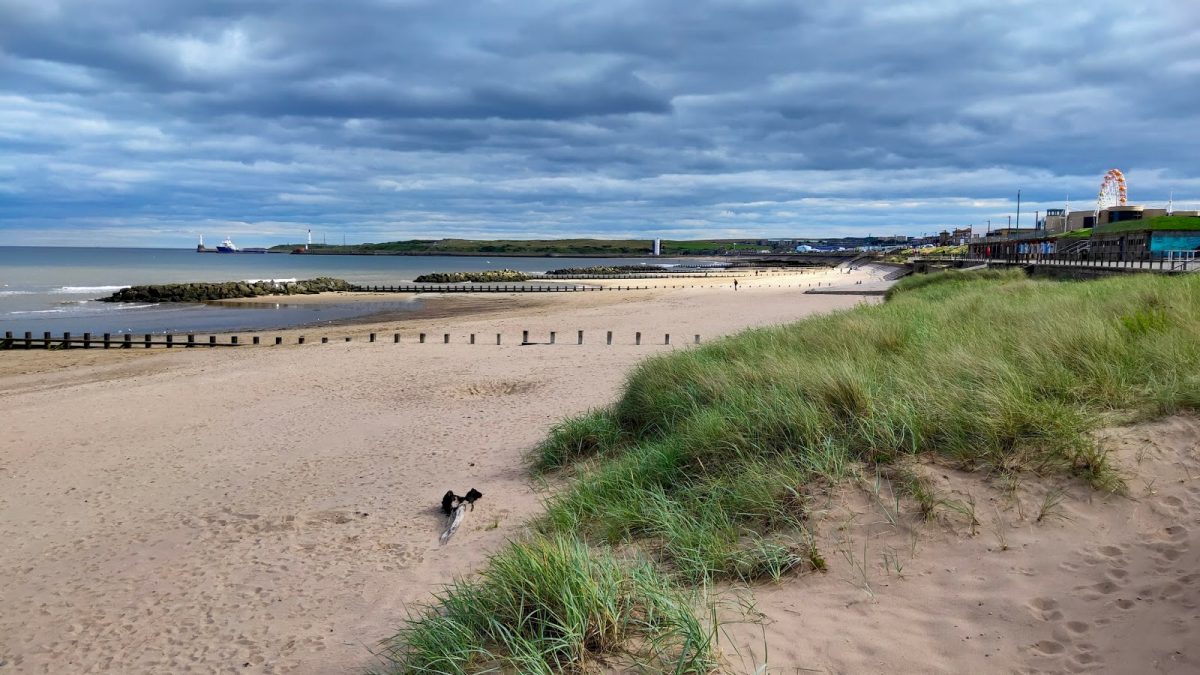The Antarctic Odyssey was the start of my journey into adventure racing and blogging. I wrote a series of post that charted my adventure from start to completion of my Antarctic Odyssey. This post is part of the series.
So, how do you prepare for running on snow in Antarctica during British summer time?
Answer: run on the beach, something that had not occurred to me initially, but which with hindsight is quite obvious. John Killingworth, a previous Antarctic Ice Marathon participant suggested this to me, so many thanks for the tip.
One good thing about working in Aberdeen at the moment is quick and easy access to the beach, and so most weeks I have one run on sand, which includes jumping over the wooden beach breakers. I run on both wet and dry sand for variety.
It is tough! There is absolutely no bounce or energy return from sand. You just have to slog it out. The firm wet sand allows you to up your speed and run steady and in terms of intensity is easier. The dry sand is the real test, requiring significantly more effort and greater concentration. It moves and gives underfoot, slowing you down and tiring you. On the other hand it is a great workout mobilising joints, improving flexibility and strengthening the ankles, calves, and glutes in particular. I could do without the sand in the shoes and irritation that it causes, but that will be one thing I will not have to worry about in November.
I am now up to 5.5 miles in a single training effort and averaging 10 minute miles. It is a far cry from the 26.2 and 62.2 miles that I will be doing on the snow in November, but it is building the strength and experience that I will need. I will plug away at it gradually increasing the distances, but they will remain relatively short. I will increase speed and intensity and probably start adding a weighted backpack just to increase the challenge and make it harder.
So, unlike the fables, in this instance, building foundations on sand is a good thing.




